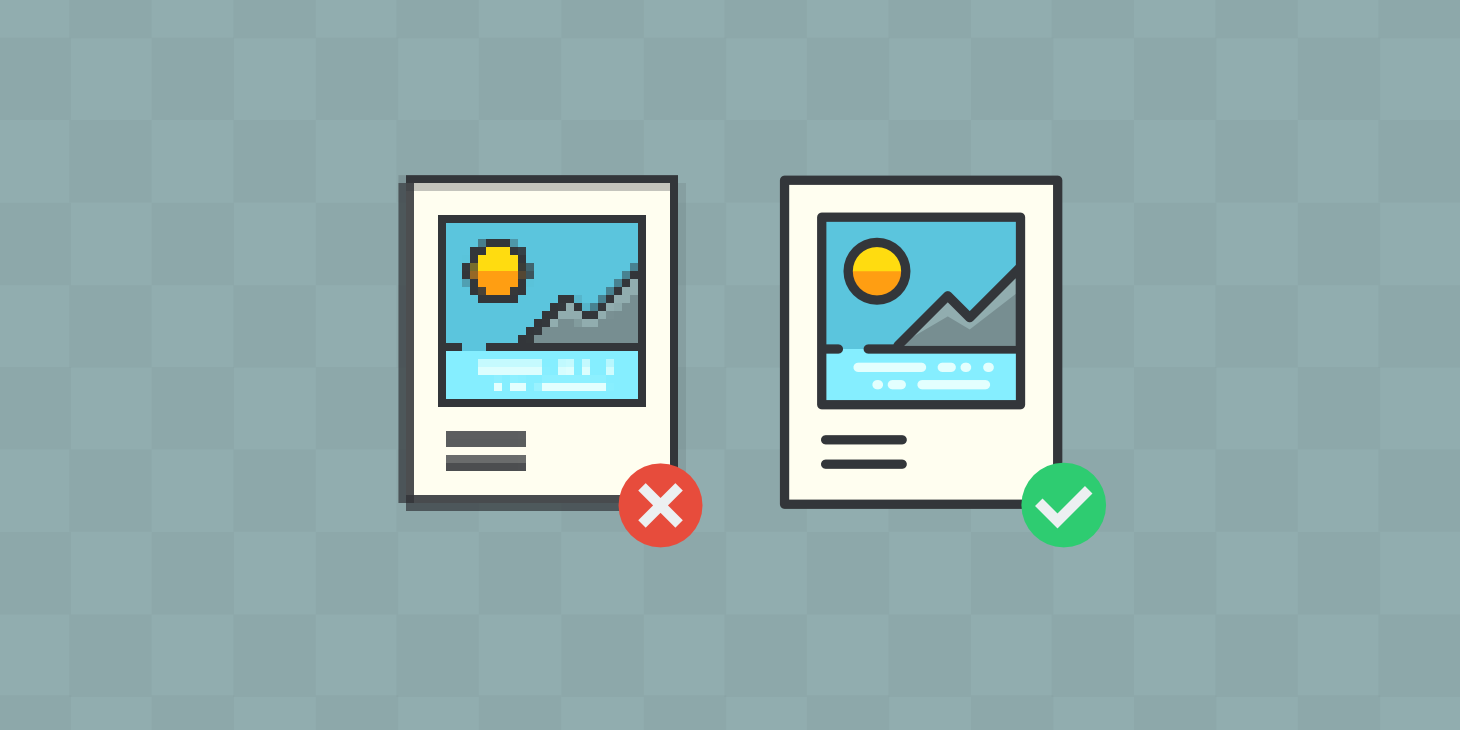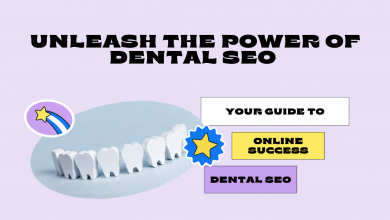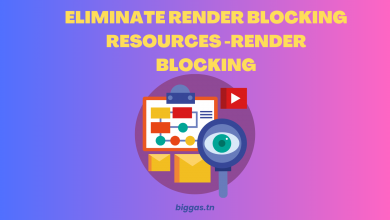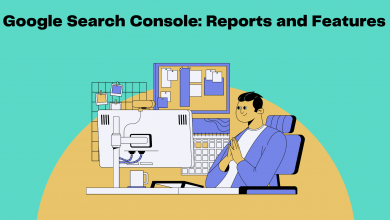
What is on-page search engine optimization?
On page search engine optimization is the practice of optimizing web pages to rank higher in search engines. It includes optimizations to visible content title tags, content, internal links, and URLs. and the HTML source code.
Table of contents
The Title Tag
Titles are the most important On-page SEO elements of your entire site. Search engines look at the words in your title tag to determine what your page is about. This title shows up in the visitor’s browser tab and is shown by Google in the search results as the headline for each page.
<title> Title Goes Here </title>
Every page on your website should have a page title. In Google search results, a page title longer than about 57 characters will be truncated. So, if possible, try to keep under this in order to control exactly what is shown to searchers.
The best-ranking page titles usually use the page’s target keywords at the start, a variation or two, and the business’s brand name at the end. let’s look at this example: on-page search engine optimization target keyword at the start and Moz or Ahsrefs names of brand at the end of the page title.

Meta Descriptions
In 2009 Google announced that meta descriptions did not contribute to rankings, The Meta Description tag is not as important as the title tag, but you should still create a unique, interesting, and enticing description, on all of your pages.

Meta descriptions can encourage more people to click on your search results than other sites on the search results page, this will be a positive signal to Google that your website is relevant.
When you are crafting your titles and Meta Descriptions, think about the searcher’s intent, and then write titles and Meta Descriptions that complement each other, without necessarily duplicating important words or phrases across the two. Google will only show up to a range between 275-310 characters, so we recommend playing it safe around the 300 character mark.
Meta Keywords Tag
The Meta Keyword tag is a place where you can list keywords and key phrases related to your web page.
Google simply ignores the meta keywords tag because it is so easy to manipulate. A few years ago, the meta keywords tag held more weight. Today, the search engines do not give you any boost in rankings for this tag. We don’t recommend spending any time adding meta keywords.
Every page on your site MUST have a unique title, unique Meta description, and Meta keywords (if you use them).
Headlines on Your Page
You have several sizes of headlines, ranging from the biggest H1 header, all the way down to the smallest H6.
Rules for using H1 – H6 headlines are as follows:
- Only ever use a single H1 (the title at the top of your article) on a webpage.
- Use h2 headlines to divide up your content and make it easier to skim read. You can use as many as you need.
- Use h3 headers to subdivide h2 sections. Again, use as many as you need.
- I don’t recommend you use H4 – H6 tags in your content unlessabsolutely necessary
In On-page SEO terms, your H1 headline is the one that has the biggest effect on your page ranking. However, just because it helps to rank your page, don’t make the mistake of thinking you can use more than one. Only use one H1 header and place it at the very top of your page as the opening title.
Try to get the main keyword for the page into the H1 header, preferably near the start of the headline. As you write your content, break it up with H2 headers. If an H2 section has sub-sections, use H3s for those titles.
Image Optimisation
When you use images on your website, you’ll have the option to set ‘alt text ‘. This is the text shown in browsers when the image hasn’t loaded.
Alt text provides Google with useful information about the subject matter of the image. So, it’s logical that we want to show Google that the images on our pages are relevant for our target keywords by using them in our images.
We’re looking at the bit inside the quotation marks after alt=:
Not so good:
< img src="dog.jpg" alt="" />
You can see that the bit inside the alt= quotation marks is empty. This is what happens when no alt tag is set.
Best:
< img src="dog.jpg" alt="Dogo Argentino Palying With Ball" />
The bit inside the quotation marks says “Dogo Argentino Playing With Ball”. It describes exactly what’s in the picture,
You’ll also notice that the image file name dog.jpg is also optimized. It’s not img_12345093.jpg. This means that before the image was uploaded, it was renamed to be something (reasonably) descriptive.
Links on the Page
Your web pages will include links to other web pages. These web pages may be on the same site (internal links) or point to pages on a different website (external links). Read more What is link building in Seo? It is important, therefore, to check links periodically to make sure they don’t become broken or dead. There is a good tool that can check for broken links on your site. It’s called Screaming Frog SEO Spider.





